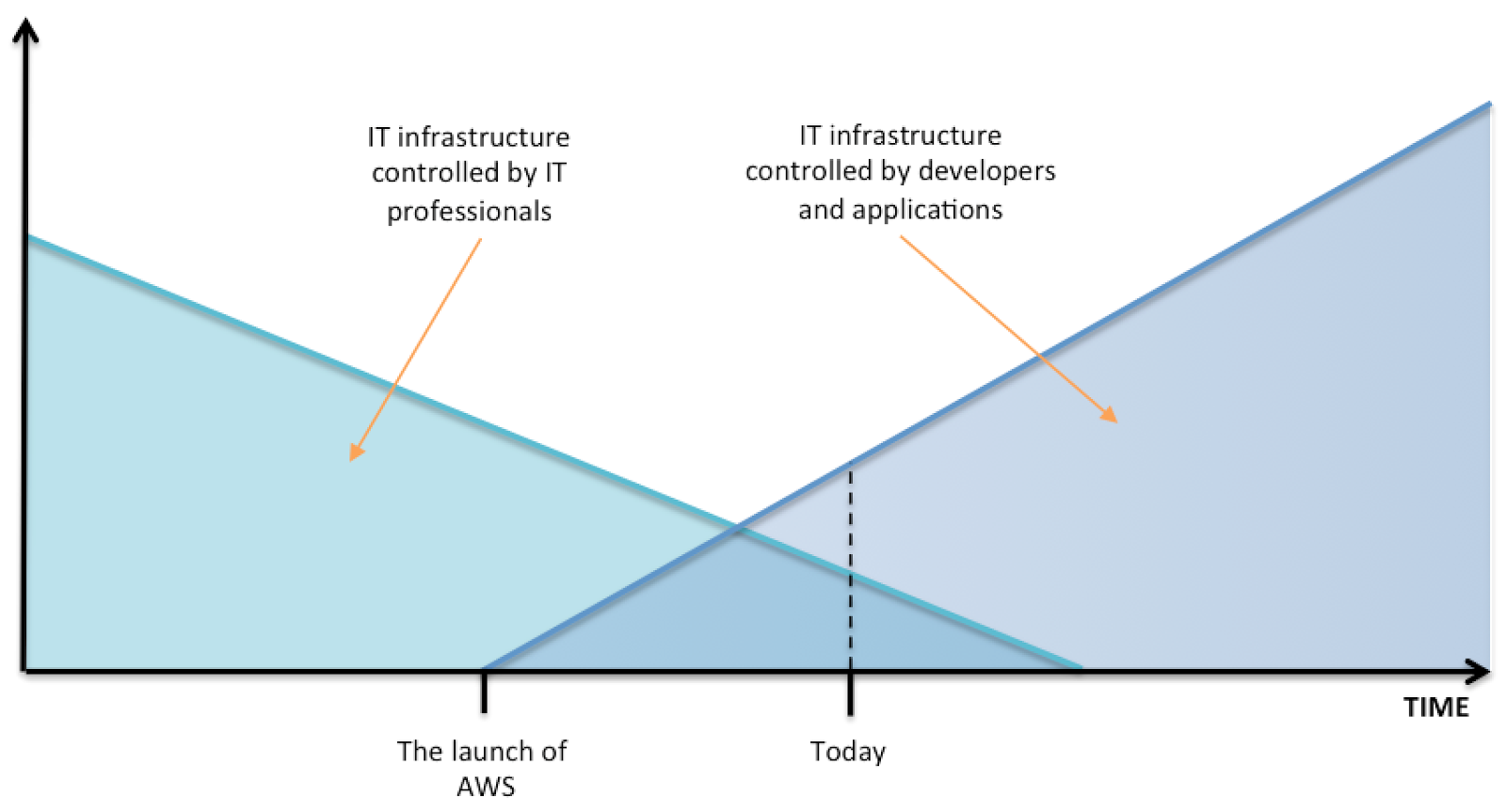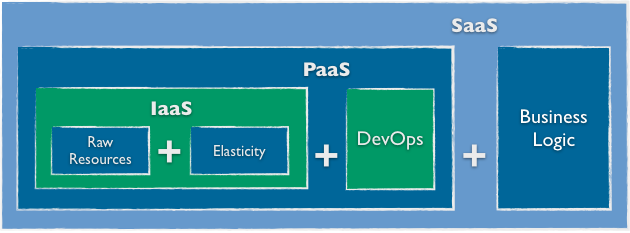Following the news today regarding the acquisition of Inktank by Red Hat, lots of people – me included – started to wonder how would this potentially conflict with the Gluster acquisition completed by Red Hat itself nearly two years ago. Twitter has been hot all through the day on this topic and, as one would imagine, the two companies tried to give specific explanations on how Ceph and GlusterFS are actually complementary. I’m not a GlusterFS expert but I did attend recently an exciting Ceph training course and I have some doubts on what has been said. As I see lots of overlaps between the two, the truth could simply be the failure of GlusterFS to gain traction in cloud infrastructures implementations.
First off, I’d like to congratulate all the folks at Inktank for this awesome result. And not only because they’re partnering with Flexiant, the company I work for, or because some of them are former colleagues of mine, but because they’ve successfully managed to demonstrate how innovation can be still delivered in areas like IT infrastructures, that are typically considered as heavily commoditised.
A blog by Jeff Darcy (@Obdurodon) published today went just through the comparison of the architectures, the approaches and how that the two projects could actually borrow stuff from each other. But what was stated more clearly on Twitter on their positioning is the following:
@meinardi @inktank @gigaom @gigabarb not weak at all – one is a mature, scale-out POSIX-y FS, the other is for virtual block and object
— John Mark (@johnmark) April 30, 2014
Ok then Red Hat is gonna promote GlusterFS for POSIX-compliant distributed file systems and Ceph for distributed object and block store? Really? What if a company wants a combination of the three? Are they going to roll out two separate physical infrastructures with incompatible architectures? How about the famous TCO optimisation?
If you think about it, a file system, a block store or an object store are simply three different interfaces to consume the same type of resource: data storage. For this reason, I believe that Ceph’s approach of a unified layer underneath (RADOS) and the different interface gateways (FS, block and S3-compatible object store) is the exact right approach to providing a truly scalable, resilient storage system that can be consumed through different APIs. Now it’s also true that CephFS is not a mature technology at all but if I had to pick one to concentrate my storage development investments in the future, I’d pick Ceph.
When Red Hat acquired Gluster two years ago, the company was still betting its entire cloud orchestration strategy on CloudForms (based on Deltacloud) but then OpenStack became so popular that Red Hat, leader in anything open-source, had to commit to that. Today OpenStack counts quite a few installations with Ceph as storage backend, probably more than those with GlusterFS, and I believe this is the real reason behind the acquisition.
That said, I find this an extremely smart move, given that Red Hat now has to compete against all those hundreds of companies providing OpenStack support and consulting services. Owning the technology behind one of the most popular storage implementations could be a real way to differentiate from the competition. However, I still wonder if this is enough in order to stand out from the OpenStack consulting crowd. Of course Red Hat is a rock solid company with a brand, a history and reputation that scares off most competitors, but that’s nothing if not coupled with a high pace in delivering technology innovation.








